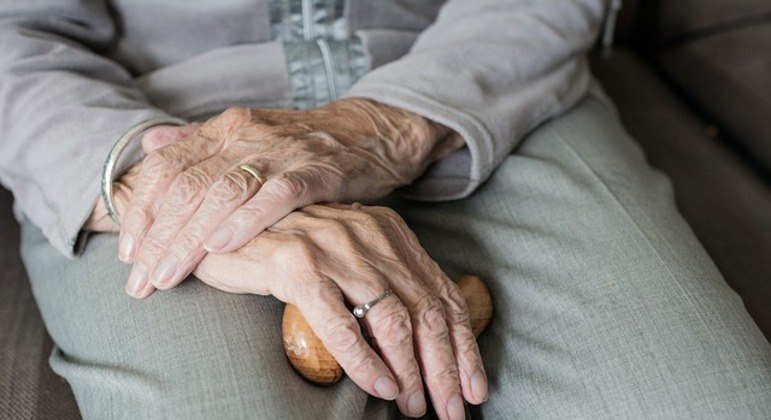A group of scientists from the Massachusetts Institute of Technology (MIT) and other institutions have created a wireless home device that monitors the movement and speed of patients diagnosed with Parkinson’s disease as they walk to assess disease progression, severity, and response to medication.
In the most recent estimates of the World Health Organization (WHO), Parkinson’s disease affects about 8 million people worldwide. In Brazil, about 200,000 people live with the disease.
The researchers note that patients generally test their motor skills and cognitive function in clinical consultations. However, these procedures can be distorted by external factors, such as fatigue after a long flight, since more than 40% of people with Parkinson’s do not receive treatment by a neurologist or disease specialist, for example, because they live too far from the center urban.
“Being able to have a device at home that can monitor a patient and tell the doctor remotely a patient’s disease progression and response to medication, so they can see it even if he doesn’t come into the clinic — now they have real, reliable information — goes a really long way toward improving ownership and access” , says senior author Dina Katabi in a statement.
This technology uses wireless signals that bounce off the patient’s body as they move around the house and collect data instantly, and there is no need for portable devices anywhere in the body. In addition, it also does not interfere with other wireless items in the home, such as a Wi-Fi router.
The patient becomes a human radar as the wireless device runs all day long and tracks every movement the person makes. Through an algorithm, the technology captures more than 200,000 measurements and distinguishes the patient from other people moving in the same room.
Scientists tested the study on 50 participants, 34 of whom had Parkinson’s disease. For two months, data was collected and transmitted.
Using statistical methods, researchers found that the walking speed (walking) of patients diagnosed with the disease decreased twice as fast compared to those without Parkinson’s disease.
“Continuous monitoring of the patient as they move around the room allowed us to get really good measurements of their gait speed. With so much data, we were able to do a pooling that allowed us to see very small differences,” says study co-author Guo Zhang.
The results suggest that changes in the walking speed of Parkinson’s patients correspond to how they respond to the medications. That is, the speed improves after a dose of the drug and decreases when it begins to lose its effect.
“This really gives us the ability to objectively measure how your movement responds to your medications. Previously, this was almost impossible because the effect of the drug could only be measured by having the patient keep a diary.
The discovery provides effective data for more accurate clinical adaptation of drugs, as well as data for device adaptation to other neurological disorders such as Huntington’s disease.
Another recent study also showed, for example, that this type of The device can be used to detect Parkinson’s disease A person’s breathing patterns during sleep.
Half an hour of intense exercise a day makes a young Australian lose 34 kg in 10 months

“Wannabe internet buff. Future teen idol. Hardcore zombie guru. Gamer. Avid creator. Entrepreneur. Bacon ninja.”

